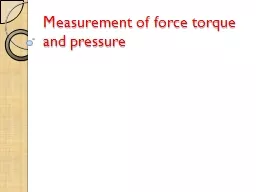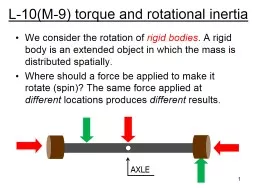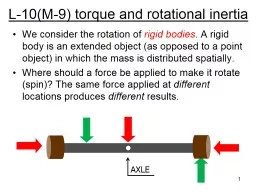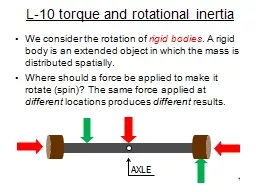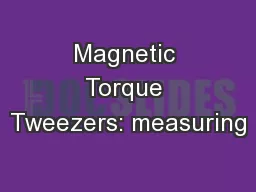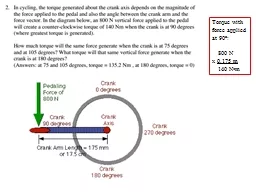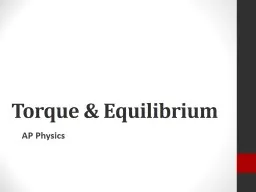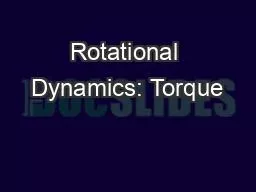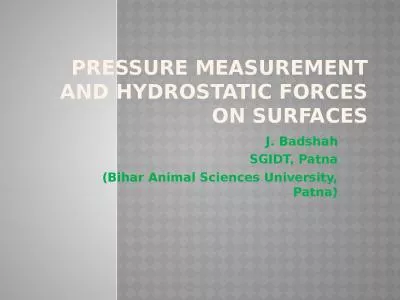PPT-Measurement of force torque and pressure
Author : lois-ondreau | Published Date : 2018-09-21
Measuring devices Measurands Measuring instruments Force load Analytical balance Platform balance Proving ring Torque Prony brake Hydraulic dynamometer
Presentation Embed Code
Download Presentation
Download Presentation The PPT/PDF document "Measurement of force torque and pressure" is the property of its rightful owner. Permission is granted to download and print the materials on this website for personal, non-commercial use only, and to display it on your personal computer provided you do not modify the materials and that you retain all copyright notices contained in the materials. By downloading content from our website, you accept the terms of this agreement.
Measurement of force torque and pressure: Transcript
Download Rules Of Document
"Measurement of force torque and pressure"The content belongs to its owner. You may download and print it for personal use, without modification, and keep all copyright notices. By downloading, you agree to these terms.
Related Documents

